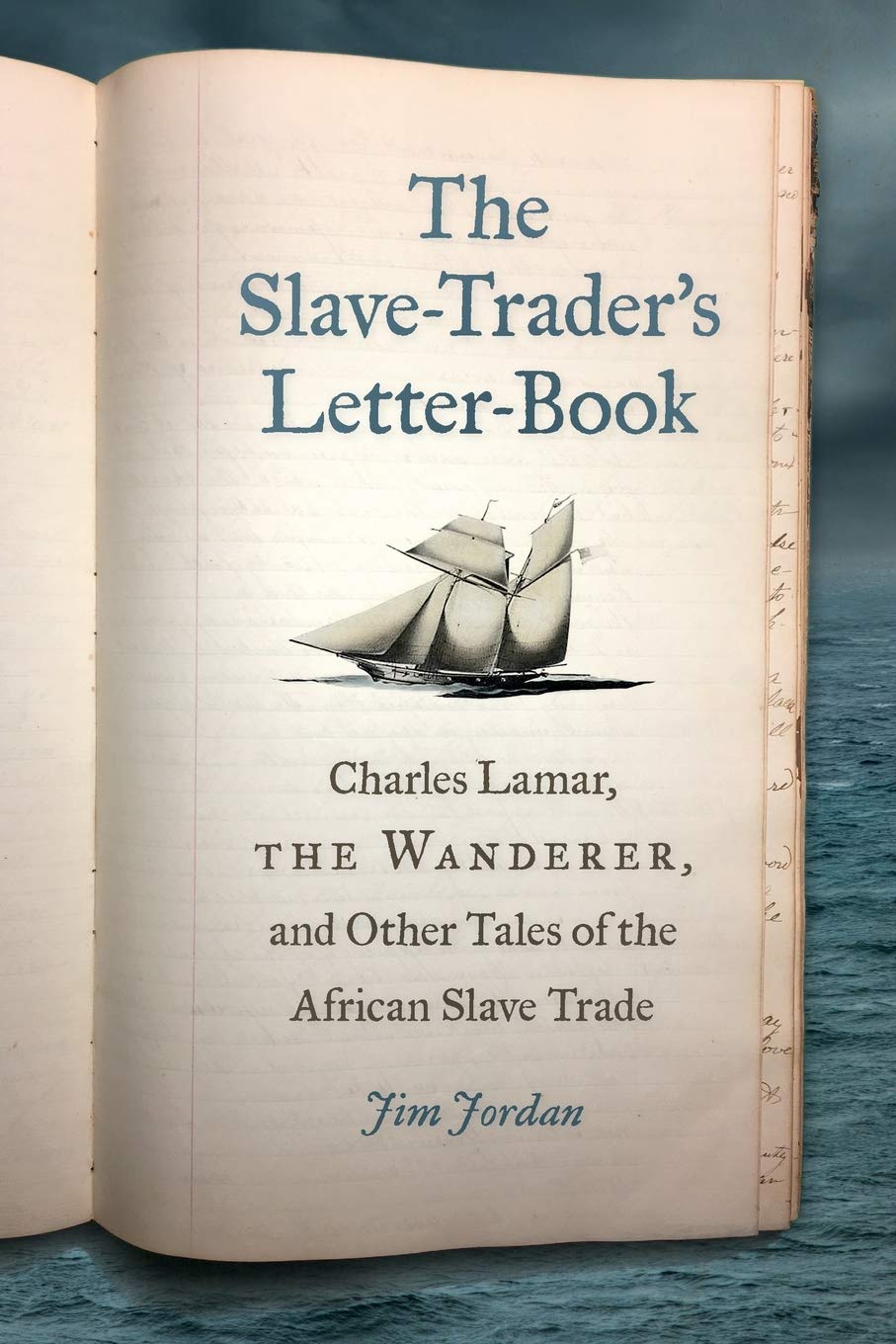The Slave-Trader’s Letter-Book: Charles Lamar, the Wanderer, and Other Tales of the African Slave Trade
A slave ship hadn’t successfully landed in the United States for forty years, but Charles Augustus Lafayette Lamar was adamant—he would change that. His mounting debts and Southern pride wouldn’t let him pass up the huge profits that slave trading provided.
Charles Lamar, a Savannah, Georgia, native, had been a filibuster aiding the fight for America to gain Cuba. Cuba had been taken over by Spain, but Spain had banned the African slave trade in 1817. Many Americans coveted the island because “the country that possessed Cuba could control those waters and have ready access to North America.” Even more pressing to Lamar and other Southerners, in 1840, Cuba was home to millions of black people; it was 58% black at the time—enough for an uprising. There was no way they could envision another free black country—Haiti was enough. Something had to be done. Lamar invested in overthrowing the Cuban government.
The attempt failed, Lamar’s debt was steadily rising, he’d lost his business in a fire, he owed his dad over $54,000, and every effort to salvage his life flopped.
In 1858, Lamar purchased the luxury yacht The Wanderer—the perfect cover to import human cargo. That winter, after a five-month journey from Africa, Lamar’s men reached American soil with 409 of the 487 original slaves. Seventy-eight of them hadn’t survived the Middle Passage.
Lamar shipped the captives out to be sold into bondage—this is the horrific heritage of our country’s wealth, by any means necessary.
Until I read this book, I had never heard of Charles Lamar. As an African American woman, I find this book extraordinarily intriguing and vital to understanding my ancestry.
Jim Jordan divides The Slave-Trader’s Letter-Book into two parts; the first twenty chapters are nonfiction narrative detailing incidences from Lamar’s life and background; Jordan also recounts some of the events of the era. The second part is a collection of annotated letters that Jordan attained from homeowners who found the letters in their attic. In one letter, Lamar gives the addressee an estimate of “Negros” telling him the ship is “capable of bringing comfortably 2000 Negros. But say we only get 1000 which I have ordered to be in readiness by 1st day of September.” In another section of the same letter, he details that each ‘Negro” will be sold for $650, and he estimates making approximately $780,000 profit. Reading Lamar’s nonchalant details and dealings are sickening yet captivating. I recommend this book to history lovers and to people who want to expand their knowledge of the transition from legal to illegal African slave-trading in North America, Europe, and the Carribean. These letters give a harrowing look into the mind of Lamar and the rationale of many Southerners during the time. The Slave-Trader’s Letter-Book has added another layer to my perspective, and I will continue to refer to it to deepen my understanding of American history.
| Author | |
|---|---|
| Star Count | 5/5 |
| Format | Hard |
| Page Count | 327 pages |
| Publisher | University of Georgia Press |
| Publish Date | 2019-Jan-15 |
| ISBN | 9780820351964 |
| Bookshop.org | Buy this Book |
| Issue | February 2019 |
| Category | History |
| Share |







Reviews
There are no reviews yet.